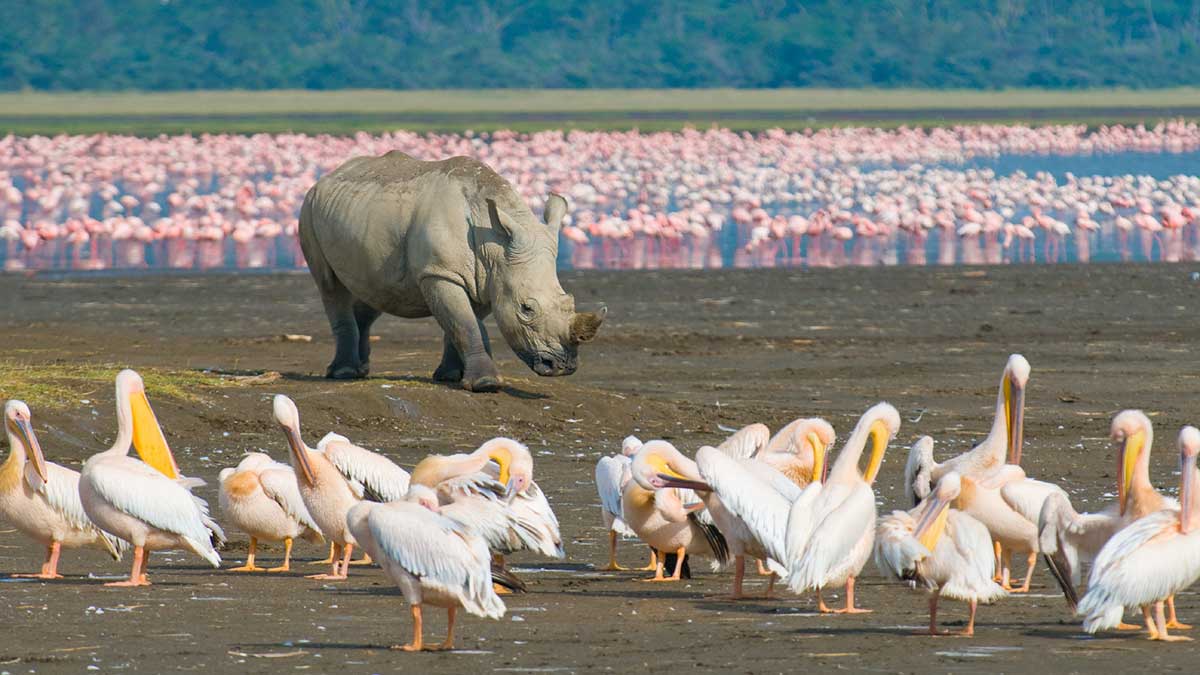The Great Barrier Reef. Yellowstone. The Amazon Rainforest. One of the top reasons that tourists are drawn to destinations such as these is because of their rich biodiversity and unique landscapes.
According to Brand USA, 2 of the top 5 motivators for selecting vacation spots are ecotourism and nature. Wanderlusters are seeking experiences that reflect the true essence of the places they are visiting. In other words, they want to visit places with unspoiled environments and thriving native wildlife.
We often hear about all of the ways that humans are destroying wild places and jeopardizing the health of the planet – and rightfully so. Over 75% of land environments have been severely altered by humans and species are facing extinction at up to 1000x the natural rate. While there’s no denying that irresponsible tourism contributes to this devastation, we shouldn’t overlook the important role that sustainable and well-managed tourism plays in advancing conservation and protecting our world’s treasured ecosystems. These benefits have only been further evidenced by the current COVID-19 crisis and the resulting halt in tourism.
In this blog post we’ve highlighted just a handful of the different ways that tourism benefits nature and wildlife. Read on to learn more!
Increasing Community Support for Conservation
Over the last decade, nature-based tourism has become increasingly popular. In total, wildlife tourism now supports nearly 22 million jobs around the world and contributes more than $120 billion to global GDP.
This growing interest in wildlife tourism, and the economic benefits that come along with it, can change community attitudes towards conservation. Without tourism, local communities may merely view wild animals as a danger to their farms and families, and only value natural resources for consumption. But when animals and natural areas bring tourism dollars and jobs to their community, it can help residents see the importance of keeping their natural assets intact and healthy.
In Cambodia, for instance, ecotourism is motivating communities to conserve critically endangered bird species, such as the giant ibis and white-shouldered ibis. Thousands of tourists come from across the world to see these rare and iconic species. The birding operator Sam Veasna Conservation Tours incentivizes community-based conservation in the region by training and employing locals as guides and ecotourism providers, and requiring visitors to donate to village development projects. In return for this income and employment, community members agree to not hunt or cut down trees. To date, Sam Veasna’s visitors have contributed over $500,000 to local communities, making a strong case for the importance of protecting their unique birdlife.
Creating Sustainable Livelihoods
Beyond changing mindsets, tourism can prevent ecosystem degradation by creating more sustainable livelihoods for local communities. Jobs as guides, cooks, or housekeepers offer alternative income sources to environmentally-destructive activities such as logging, slash-and-burn agriculture, quarrying, or illegal hunting.
In Rewa, Guyana, poor job security led villagers to illegally harvest and trade wild animals. As a result, wildlife species such as arapaimas, giant river turtles, and giant otters were beginning to disappear. In 2005, the village opened a community-run eco lodge to improve livelihoods while protecting its ecological diversity. By employing community members as sport fishing guides and boat captains, the lodge allows villagers to maintain rainforest-based livelihoods without causing damage to the ecosystem. Thanks to tourism, arapaimas, turtles, and otters are now common in the Rewa River. Not to mention, visitors contribute far more money to the local economy than wildlife exploitation did. In fact, research shows that globally wildlife tourism is 5x more lucrative than illegal wildlife trade!
Raising Environmental Awareness of Tourists
Tourism not only bears the capacity to shift local mindsets and behavior, it can also raise environmental awareness among tourists. From camping to beach lounging, tourism provides countless opportunities for individuals to learn about the natural world and experience it firsthand.
When people connect with nature during their travels, it can lead them to appreciate it more and become invested in protecting it. Tours, parks, and other travel experiences often facilitate this type of environmental learning through interpretive techniques such as educational brochures, exhibits, or guided excursions. Whale watching, for instance, has been shown to raise visitors’ knowledge of aquatic mammals and increase their support for whale conservation. And on the Great Barrier Reef, guided boat tours and marine biology talks have been found to influence visitor behavior and minimize the damage that they cause to the reef.
In Chilean Patagonia, interpretive panels have been installed along one of the world’s most iconic trekking circuits in Torres del Paine National Park. The panels, which were designed by the Torres del Paine Legacy Fund, educate visitors about the wetland ecosystem they’re traversing, and provide information about the plants and animals found there.
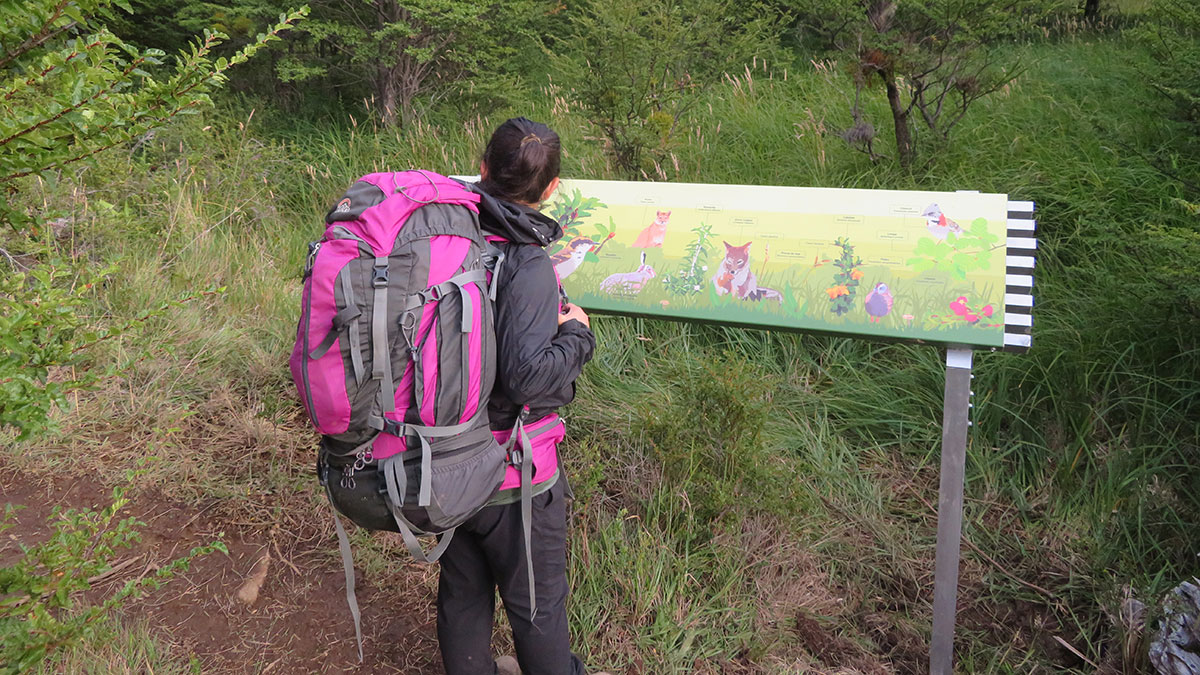
A hiker reads about the types of wildlife that reside in Torres del Paine National Park. Photo: Torres del Paine Legacy Fund.
Prompting Conservation Policies & Protected Areas
Tourism can also provide a compelling incentive for governments and organizations to institute environmental policies and conservation measures. This includes the creation of national parks, nature reserves, and other protected areas to preserve their biodiversity and correspondingly boost their tourism appeal.
Due to the popularity of coastal tourism in particular, reef-based activities such as scuba diving, snorkeling, boat trips and whale watching are a particularly important source of economic revenues. In fact, it is estimated that coral reefs generate $36 billion in global tourism value per year. Many countries rely on the income that comes from marine-based tourism and see the importance of protecting their coastlines, coral reefs, and beaches.
In the Galapagos, for instance, marine-based tourism is worth over $178 million per year, and supports over a third of all jobs. The islands are a hotspot for large and rare marine life, including the highest abundance of sharks on the planet. Thanks to spending by divers and other marine tourists, a single shark in the Galapagos is worth about $5.4 million over its lifetime, while a dead shark only brings in $200 to fishermen. Realizing the economic importance of its life below water, the government introduced no-fishing zones in 2016 to prevent the extraction of sharks and safeguard the island’s marine tourism value.
Mountain gorillas are another species that has benefited from tourism-motivated conservation policies. These endangered apes can only be found in Uganda, Rwanda, and the Democratic Republic of the Congo. In Uganda, gorilla trekking permits start at $600 and the economic value of gorilla tourism is estimated to be as much as $34.3 million. This has led to policies and strategies that support conservation, such as veterinary interventions, intensive law enforcement, community conservation projects, regulated ecotourism, and transboundary collaboration among government institutions and NGOs. Thanks to these efforts, the number of gorillas within the Virunga Mountain region rose from 240 in the 1980s to 604 in 2016. Now they are the only wild ape population whose numbers are increasing!
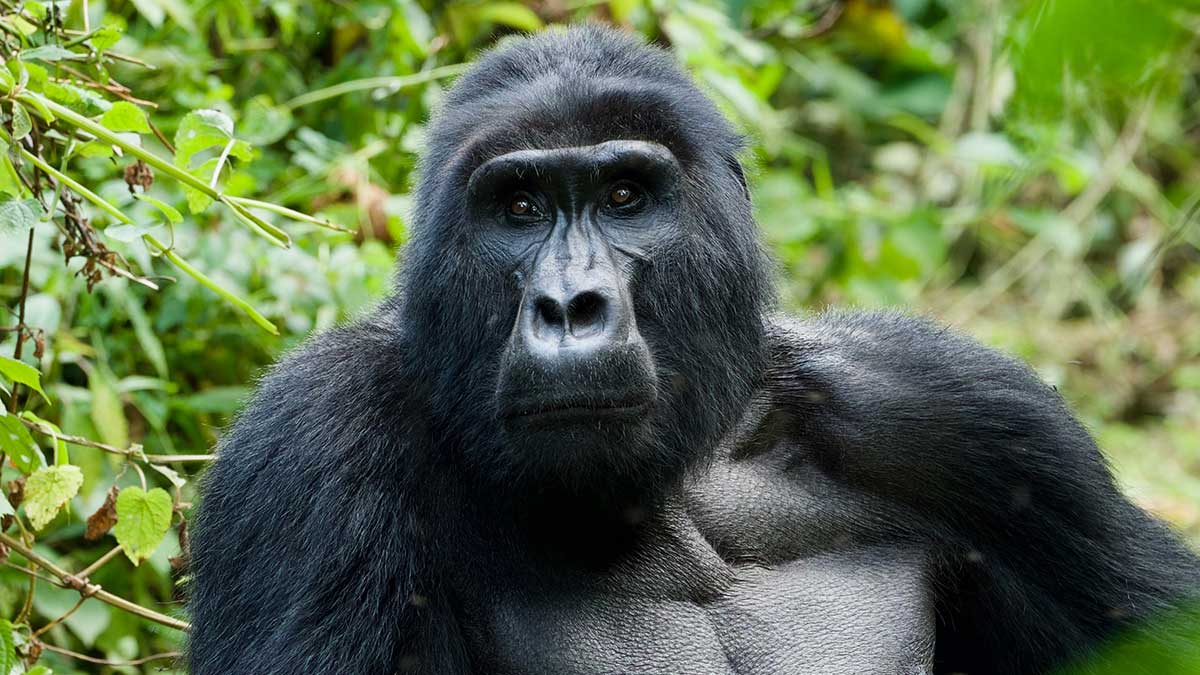
Financing Conservation
But simply establishing protected areas isn’t enough on its own. Ensuring the conservation of the sensitive environments and vulnerable species that these areas aim to protect requires effective management and conservation measures.
However, this is easier said than done. Around the world, many protected areas are under-funded. In fact, the global funding gap for effectively managing these sites is estimated to be up to $440 billion dollars per year. Tourism plays an essential role in bridging this gap by providing an additional source of funding. Proceeds from visitor entrance fees, operating permits, accommodations, and guiding services can help pay the salaries of park rangers and guards, and fund necessary management activities such as ecosystem monitoring, anti-poaching patrols, invasive species eradication, and environmental educational programs.
In Africa, tourism is an important source of funding for land and wildlife conservation. SANParks, the public entity responsible for managing South Africa’s national parks, raises more than 80% of its funding from tourism. Chumbe Island Coral Park, a marine protected area off the coast of Zanzibar, takes this model a step further and is funded entirely by ecotourism income. Thanks to effective management, Chumbe Island is home to one of the most pristine coral reefs in the region.
In addition to financing protected areas, tourists and tourism businesses may also contribute directly to local conservation initiatives. In St. Kitts, local tourism businesses donated $18,500 to fund the planting of fruit trees to protect coastal areas. At Vail Resorts, guests are invited to donate $1 when they purchase a season pass, lift ticket, hotel stay, or shuttle ride. In 2019, Vail’s program raised over $975,000 for on-the-ground conservation efforts that help restore habitat, improve forest access, and preserve land.

Carbon offsetting is another way that individuals and businesses can contribute to environmental conservation projects, while also mitigating their own emissions. Luxury tour operator TCS World Travel, for instance, partners with Sustainable Travel International to offset the carbon emissions generated by their jet trips. Through this partnership, TCS supports the Madre de Dios project which protects critical rainforest habitat and endangered species in the Peruvian Amazon.
Aiding Ecosystem Monitoring
While park rangers and guards play a critical role in patrolling sensitive environments, tracking ecosystem health, and warding off threats, it is often impossible for them to monitor such vast areas by themselves. The mere presence of tourists in natural areas can protect wildlife by providing an extra set of eyes on the ground.
In Africa, safari vehicles and guests deter poachers from wildlife conservancies, helping to safeguard highly targeted species such rhinos. The COVID-19 pandemic has further highlighted the critical role that tourism plays in deterring poachers and creating safe havens for wildlife. As visitation has come to a halt, rhino poaching has reportedly increased in tourism hotspots.

The Great Barrier Reef Marine Park Authority’s “Eye on the Reef” program is an even more intentional effort to engage tourists and operators in ecosystem monitoring. The program engages divers and marine tourism providers in watching over the Great Barrier Reef by reporting the coral, fish, pollution, and invasive species they see via a citizen science app. Sustainable Travel International is currently developing NEMO, a similar reef monitoring program for use on the Mesoamerican Reef.
There are countless other citizen science programs that aim to fill different research gaps, and that visitors can participate in during their trip. Whale watchers, for example, can contribute to whale identification and tracking by submitting their photographs of humpback whales via the HappyWhale website. To date, more than 260,000 photos have been submitted to HappyWhale, and more than 38,000 individual whales identified.
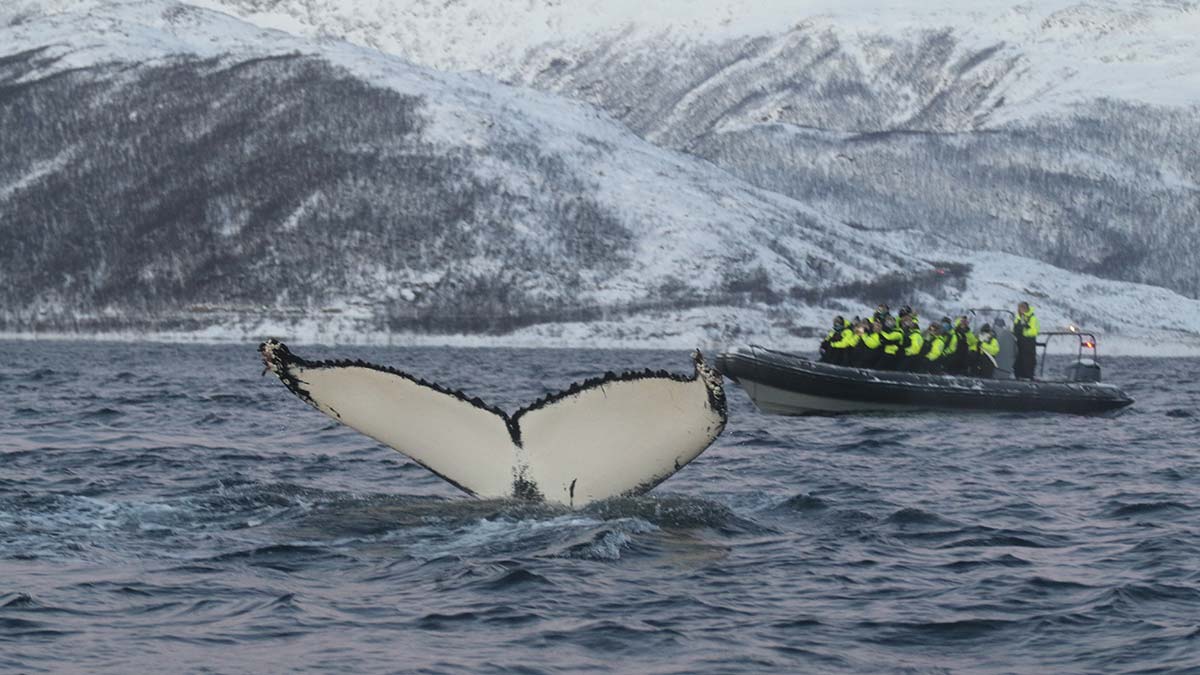
Tourism businesses may also aid researchers in collecting environmental data. In Nevis, the Four Seasons Resort helps researchers study the migration patterns of critically endangered hawksbill sea turtles that nest on the island’s beaches. Resort guests help look for nesting sea turtles which are then fitted with a satellite transmitter and released into the sea. To date, 21 turtles have been released through this program.
Supporting Habitat & Ecosystem Restoration
Along with putting on their scientist cap, visitors and tourism businesses can support conservation by participating in ecosystem restoration.
In Bonaire, local dive operators are lending a hand in restoring the island’s coral reefs by training tourists and divers on basic reef restoration techniques. Once they are trained, visitors can help maintain coral nurseries and outplant coral fragments onto degraded reef sites. To date, more than over 22,000 corals have been outplanted onto Bonaire’s reefs.
Visitors and tourism businesses can also participate in the removal and eradication of non-native species which devastate local habitats. In Mexico, divers and guides lend a hand in hunting invasive lionfish which are a serious threat to the Mesoamerican Reef. After they are captured, the fish are grilled up and served to tourists as a special local dish.
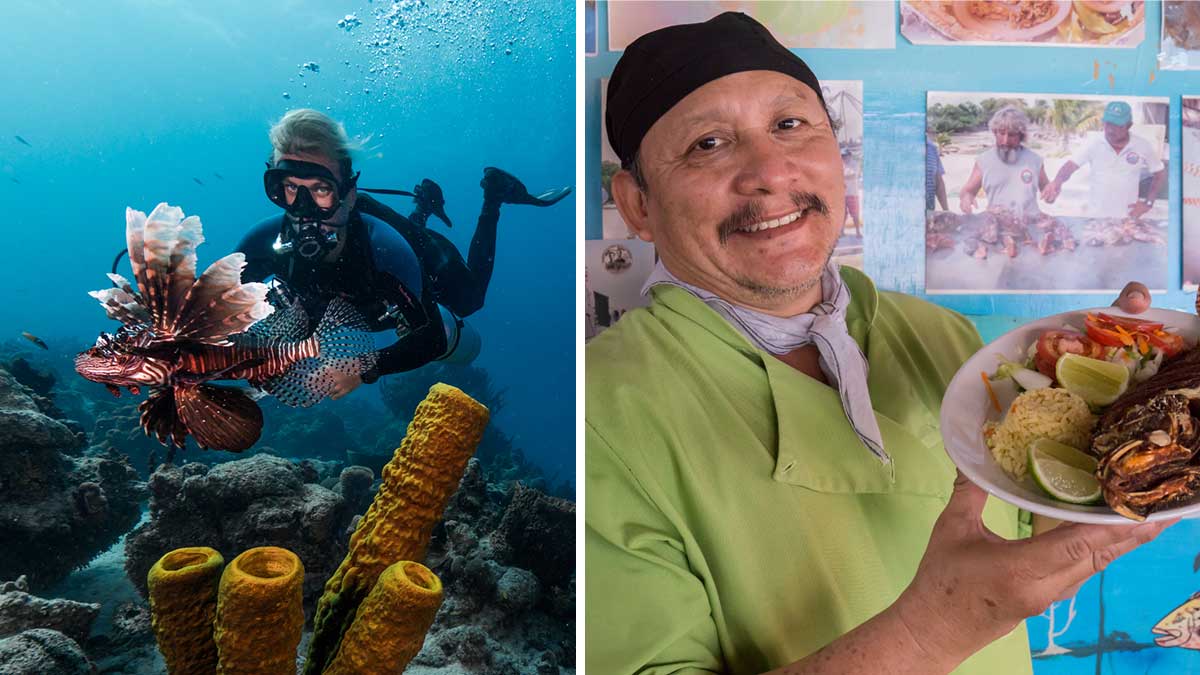
Visitors and tour guides can also help restore ecosystem health by cleaning up the environments they visit. For example, more than 86,000 scuba divers have removed litter from the oceans as part of Project Aware’s “Dive Against Debris” program.
Advancing Green Technologies & Fueling Innovation
Because of its economic importance and influence, tourism can trigger environmental innovation through the advancement of green infrastructure, processes, and technologies. For instance, tourism can lead the way in the development of renewable energy infrastructure, like wind and solar farms, on remote islands or rural areas that would not usually be exposed to clean energy.
In Aruba, tourism is the primary economic activity, representing 73% of GDP. Realizing that the future of its tourism industry depends on environmental sustainability, Aruba’s public and private sector have invested in innovative solutions. Aruba’s Bucuti & Tara Beach Resort, for instance, is considered an eco-pioneer in the Caribbean due to the novel sustainability initiatives that it not only implements, but also develops. Among its achievements, the property heats its water via solar panels, installed exercise equipment that produces electricity, utilizes water saving devices in its bathrooms, and reuses greywater to irrigate its gardens. The resort aids the sustainability transition on the island by offering tours of their grounds and sharing their practices with others.
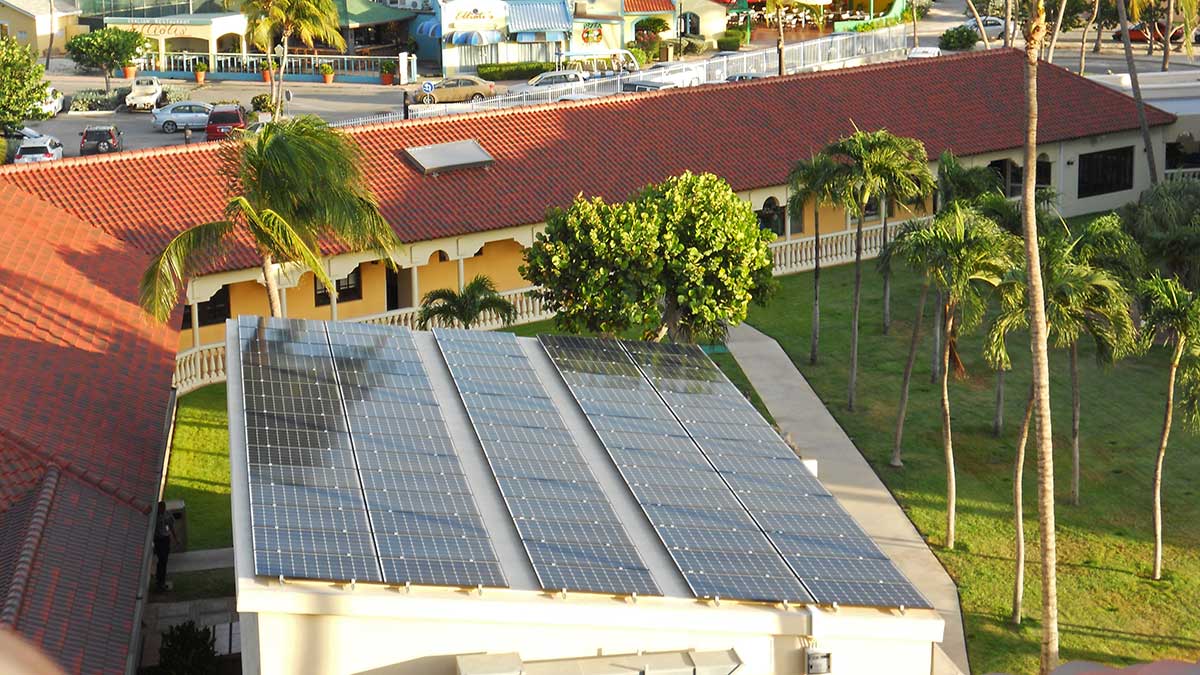
In Oregon, tourism supported the expansion of electric vehicle infrastructure along the state’s rural roads and scenic highways. The state’s tourism commission, Travel Oregon, helped facilitate the installation of electric vehicle charging stations near tourism businesses and developed Electric Byway itineraries. Now, Oregon is home to one of the largest networks of electric vehicle fast charging stations in the country!
Still Progress To Be Made
But of course, all of the benefits above will only occur when tourism happens in a well-managed and sustainable way. As we’ve gained a better understanding of how humans impact the natural world, there have definitely been great strides towards making tourism more eco-friendly. However, our work is far from done. There’s still a lot of room for improvement by everyone involved in tourism – businesses, governments, communities, and tourists – to maximize tourism’s benefits for the planet.
To learn more about how we are helping to amplify the environmental benefits of tourism and ensure that tourism safeguards local ecosystems through our work, click here.

